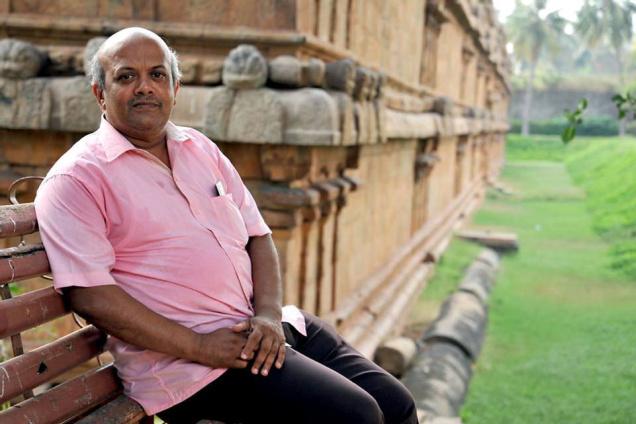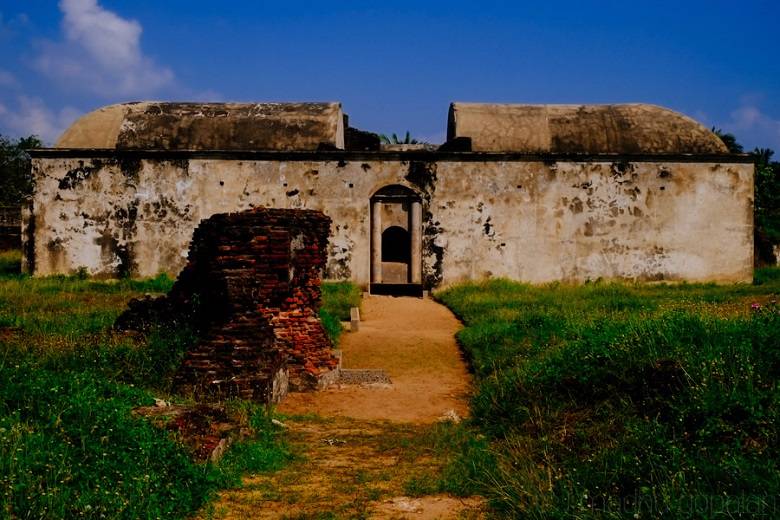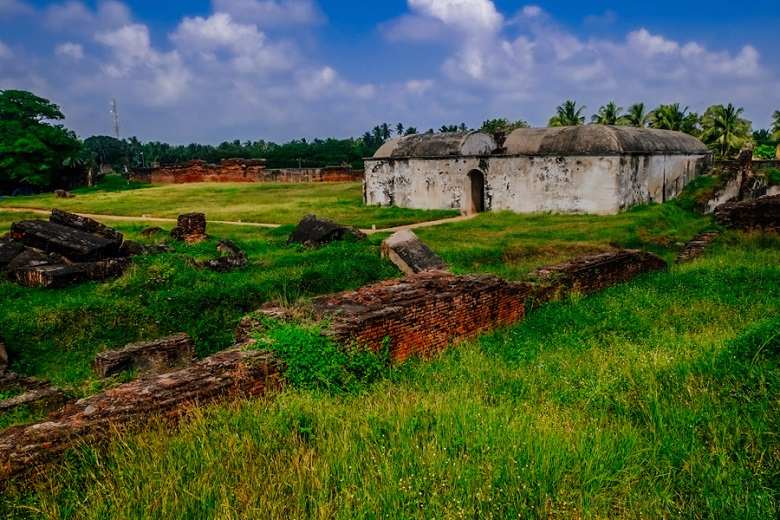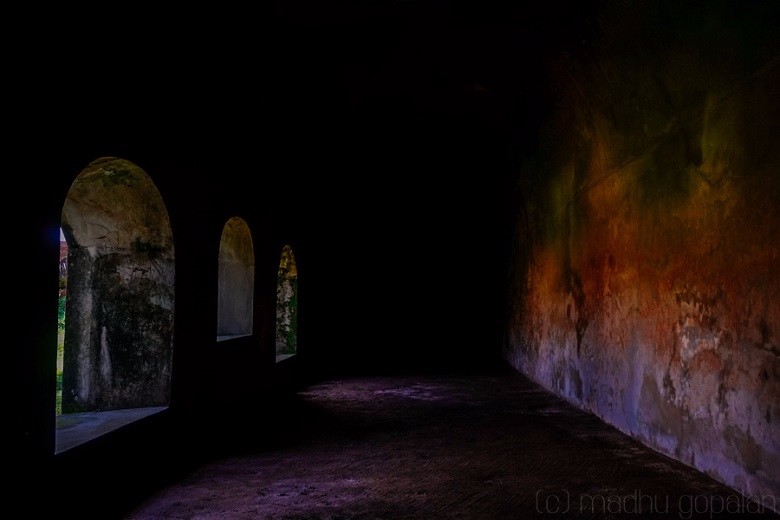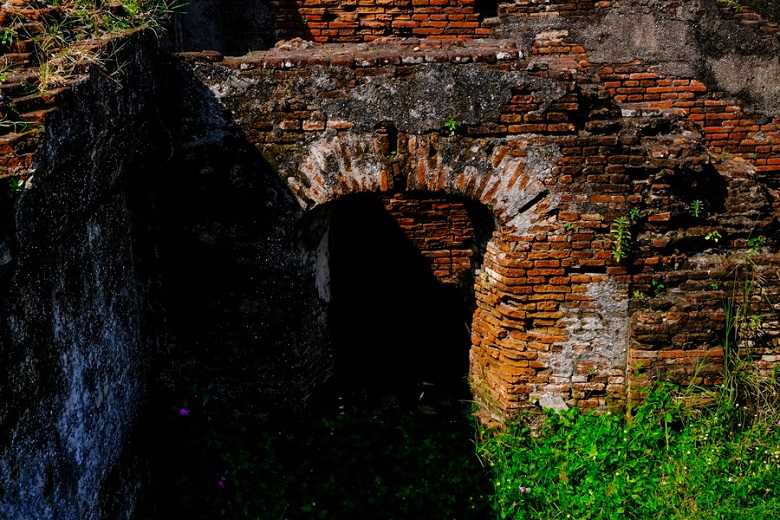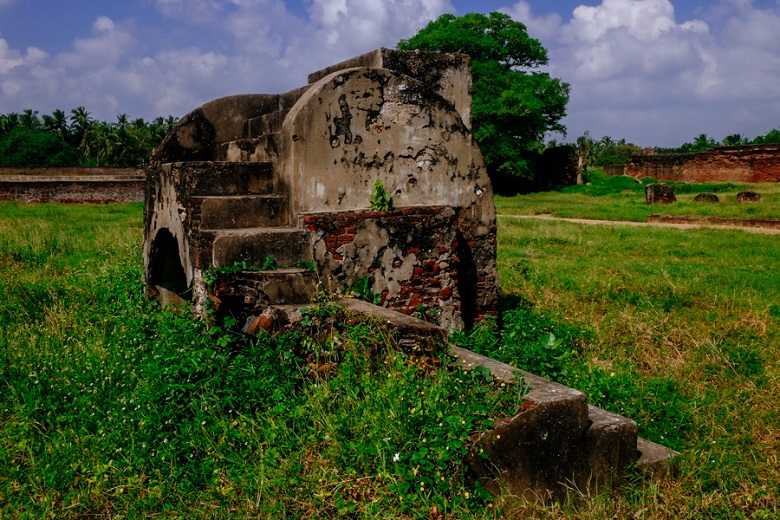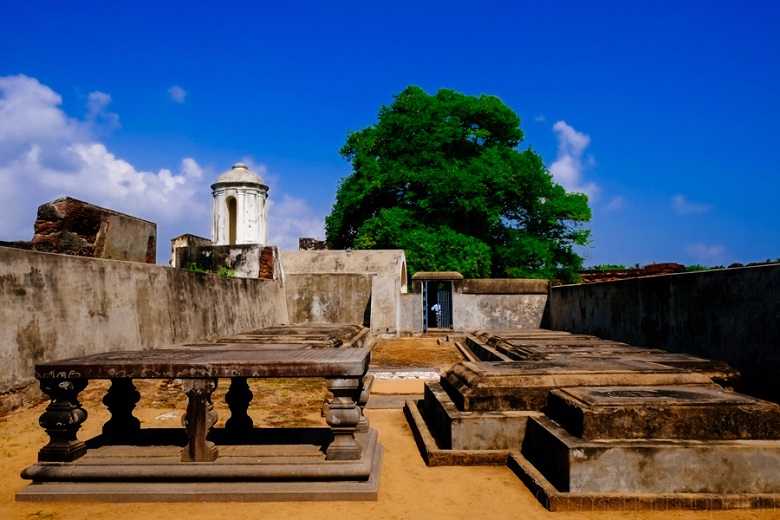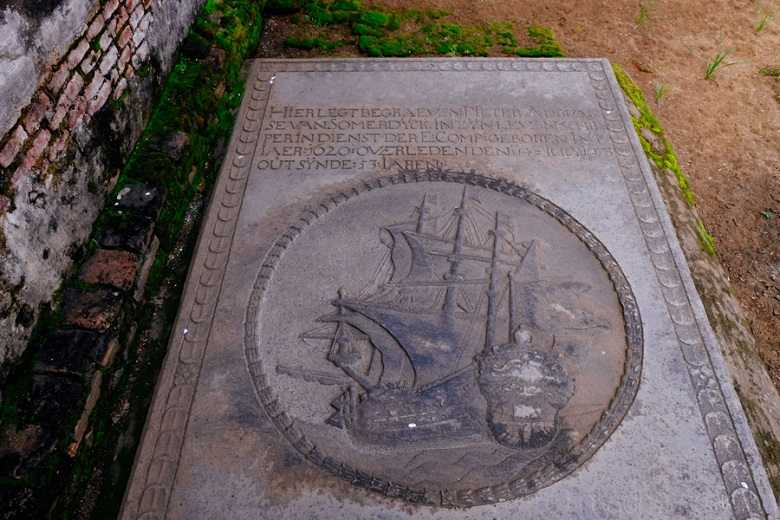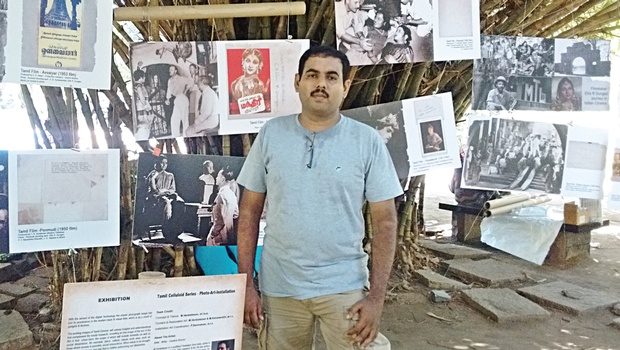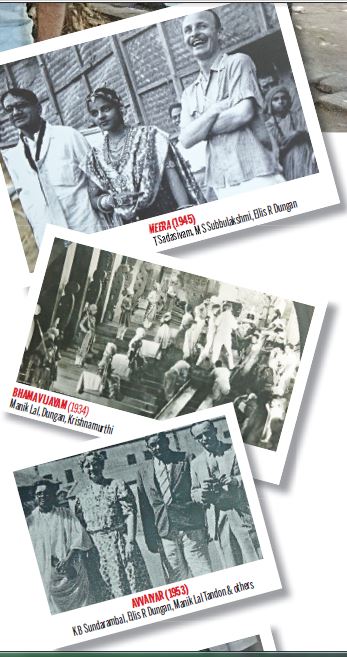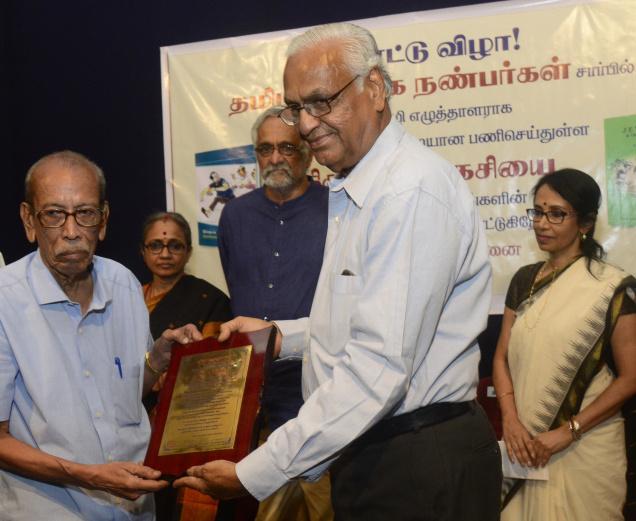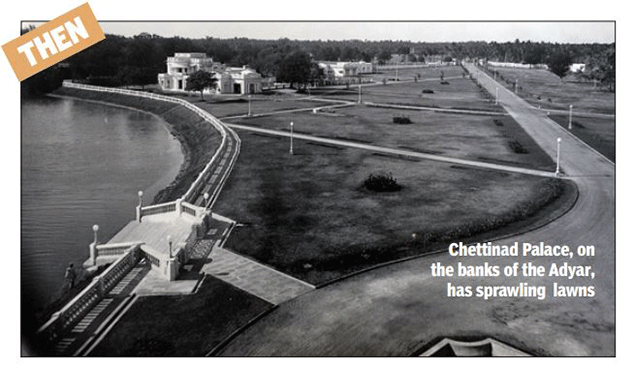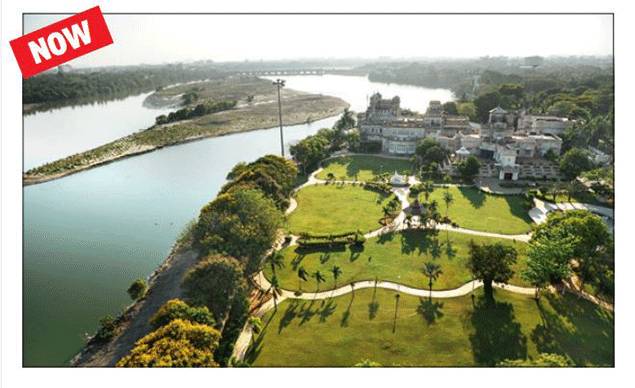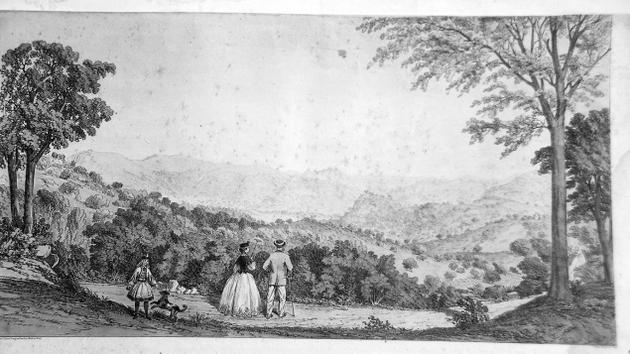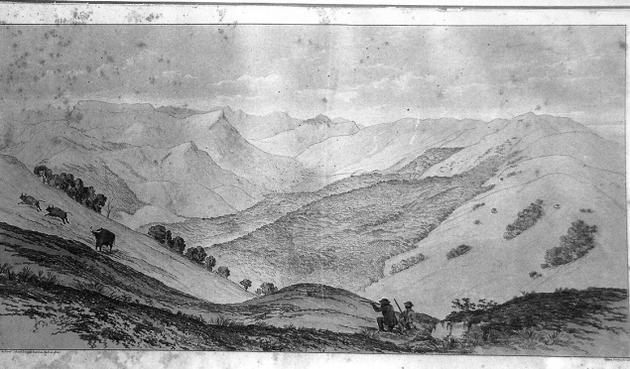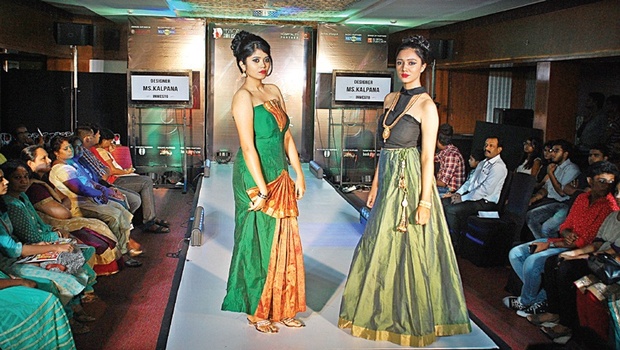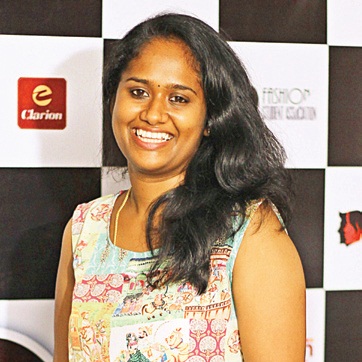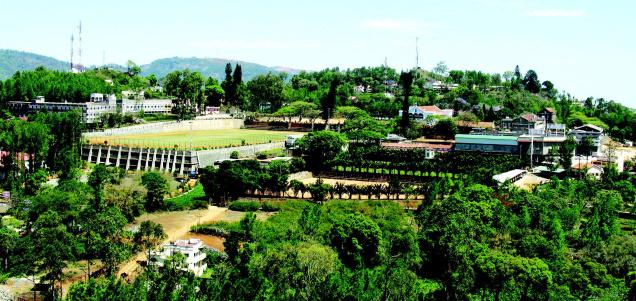
Madras Musings, a journal that focusses on heritage, nostalgia and on asking for a better Madras, has just completed 25 years.
Madras Musings, that tabloid-sized fortnightly that cares for the city, a journal that focusses on heritage, nostalgia and on asking for a better Madras, has just completed 25 years. That it has done so has been entirely due to a unique arrangement N. Sankar of the Sanmar Group made when it seemed as though, like many another small journal, it was doomed to failure after struggling along for five years when it had been mothered by what was then Lokavani-Hallmark Printers. The Sankar plan involved getting a dozen corporates who cared for the city to support the journal with an equal donation every year. That dozen has grown to nearly two dozen now — and no one asks for anything in return, not even reports about their activities; all they want is a place for their logos as acknowledgement.
I know of no other journal that has been kept going in this fashion. But that Madras Musings has been is because the donors felt strongly that the people of a city should know about the past and present of the place and be able to discuss its future. In the early years of the journal, this seemed to attract an elderly audience; this was reading material for old people, the young seemed to say. But to judge by the greetings Madras Musings recently received, the bulk came from such young persons’ media as Facebook, blogs and Twitter (if I’ve got the jargon right). And there appear to be more and more young people getting interested in heritage as well as wanting to do something for the city.
We are now hearing about young leaders of heritage walks, camera trails, sketching outings; we are hearing about the young getting down to beach cleaning, road sprucing, and working at reviving heritage. Just the other day, a couple of post-graduate doctors from Madras Medical College came to meet me to say they were working on a history of the college, that they were trying to give new life to old buildings like the famed Anatomy Block, and that they were trying to create a college museum.
Madras Musings, which has been associated with Madras Day, Madras Week, Madras Month has been noting how every year the participation of the young in heritage events has been increasing. You find them organising events, you find them on walks, you find them at lectures, you find them exhibiting and quizzing — and all in growing numbers every year.
It certainly triggered something, did Madras Musings, and now it watches the slow but steady growth of interest in heritage and in the city and looks forward to this burgeoning. But talk to those connected with the journal, and they’ll tell you a much wider audience needs to be reached. That there must be a reach to the grassroots. Anyone willing to support a Madras Musings-in-Tamil start-up?
Memories of times past
The picture of Yercaud and the Shevaroys last week brought back memories of my year at Montfort where I had come to do my Senior Cambridge. Together with Sacred Heart Convent (SHY), the two schools were the pride of Yercaud. It was only in much more recent times that I foundreason to believe that Yercaud, the first of the South’s hill stations, had much more to be proud of. M.D. Cockburn, the introducer of coffee, Robert Bruce Foote, the Rev. P. Percival, Dr. John Shortt, Nat Terry the boxer, and film mogul T.R. Sundaram all had their homes there. They’ve all figured in this column in the past for their significant contributions to the Presidency. But as schoolboys none of these names had meant anything to us, except possibly Terry and Sundaram of Modern Theatres. Our world tended to be centred on Montfort and on the SHY girls during the once-a-week film show in our hall into which they walked in two by two carefully watched over by Mother Bernard.
Montfort at the time was headed by Bro. Eleazar, Titch to all, but anything but small as a presence! It was only recently that I discovered that this Brother of the Order of St. Gabriel had come out to Montfort as a teenager, with his more earthly education incomplete. He arrived speaking only French, but went on to do his Senior Cambridge from Montfort in a couple of years and then Bachelor’s and Master’s degrees from Loyola, topping every class. What a fine teacher he proved and what a first class educational institution he made of Montfort during his tenure as Principal. That would rate him an out-of-the-ordinary Old Boy and another whom Yercaud should be proud of.
Sundaram’s was a rather different world from Titch’s. He had a gleaming white house, well raised off the road, which we used to stare at every time we went to Montfort and back. It had a magnificent garden well worth staring at if, at that age, we appreciated floral beauty, but the staring was more a sign of awe over an invisible presence, a man who made films by the score as well as money in numbers we couldn’t quite imagine. Of him, Randor Guy has said, “He was perhaps the only person in cinema history to own a studio and produce a hundred films, most of which he directed himself.” In that studio, over a period of 40 years, he produced films in all the South Indian languages besides movies in Hindi, Sinhalese and English. It was in Modern Theatres’ studio in Salem, just where the Ghat road to Yercaud begins, a studio with all film-making facilities under one roof and run like a smoothly functioning manufacturing unit, that Sundaram made the first Malayalam film, Balan, the first Malayalam colour film, Kandam Becha Kottu, and the first Tamil film in colour, Ali Babavum Narpathu Thirudargalum. As boys, particularly as boys in an Anglo-Indian school, we knew little of all this. But a movie-maker — and a person who was supposed to be the richest person in the district — was someone to be in awe of at that age, whoever you were.
So Sundaram’s house always had our attention as we marched to the Big Lake and back.
When the postman knocked…
* Mohandas has a query and I wonder whether anyone can help. Quoting this column and books I’ve written, he says the first car to be registered in Madras was Sir Francis Spring’s and it bore the number MC-1. The next car I have mentioned, he says, is Namberumal Chetty’s MC-3. But what was MC-2, he asks. It has been recorded that even before Spring’s car came out in 1901, A.J. Yorke, a director of Parry & Co, had brought out a car from England and that it attracted much attention on the roads of Madras. I wonder whether this was MC-2. Or is there another answer?
* Mail seeking help from readers of this column arrived the other day from David R. Armitage, Chair, Department of History, Harvard University. He and Jennifer Pitts of the University of Chicago are editing the essays of Prof. Charles H. Alexandrowicz for publication by Oxford University and they seek “any reminiscences of his time in Madras or any letter or any other writings of his that anyone may possess. Responses to armitage@fas.harvard.edu”. Prof. Alexandrowicz arrived in Madras in 1950 and the next year he started what was is now known as the Department of Legal Studies in the University of Madras. He started the first M.L. degree course in India in International & Constitutional Law. He headed the Department until 1961 when he left Madras after a decade in the city. He also was the first Chairman of the Alliance Française in Madras when it transformed itself in 1954 from the Groupe Française that had been founded in 1948.
* Commenting on Albion Banerjee’s religious leanings and his studying Tamil (Miscellany, April 4), M.S. Sethuraman writes, and I quote him: “Excommunication for travel abroad was followed in all parts of India. Mahatma Gandhi was ostracised and so also Dr. Swaminadhan. None of the Palghat Iyers offered for his marriage, resulting in his visit to his village and sought the daughter of Ammu’s mother.
“Sir Albion Banerjee ICS opted for Madras cadre, perhaps due to resistance from Bengal families. W.E. Banerjee, early Congress President, converted to Christianity when expelled from his caste due to his crossing the seas. Sir Albion should have studied Tamil after his Madras appointment (SM’s note: No). ICS officers were asked to learn a local language on appointment and cash awards are also awarded. A.S.P. Ayyar ICS, in addition to his Malayalam, learnt Tamil, Telugu, Kannada, but the then British Government limited the cash award to one language.”
source: http://www.thehindu.com / The Hindu / Home> Features> MetroPlus> Society / by S. Muthiah / April 30th, 2016
